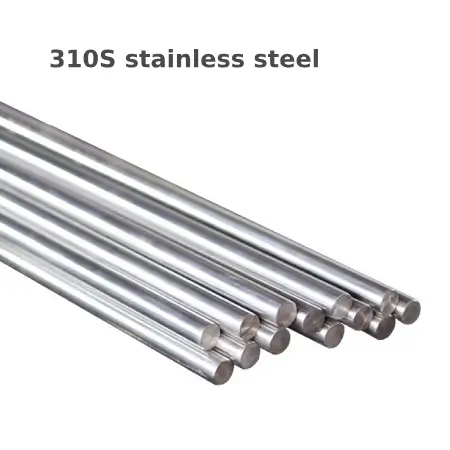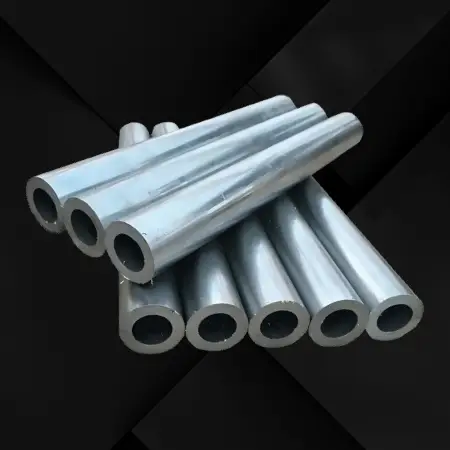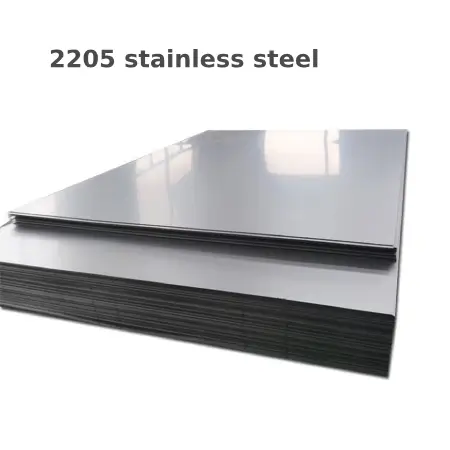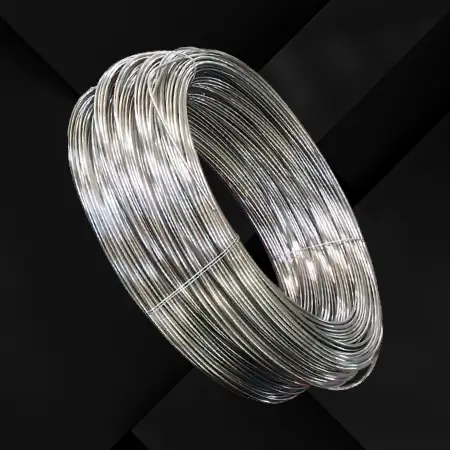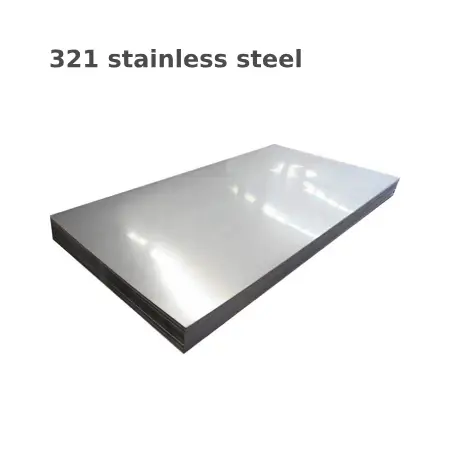310S Stainless steel , also known as 1.4845 or 2520 in some specifications and UNS S31020. is an Austenitic stainless steel specifically formulated for its high-temperature properties, superior Creep Strength, and excellent resistance to oxidation.
Introduction to 310S Stainless Steel
Material Composition: 310S Stainless steel is an Austenitic stainless steel with a high chromium (over 25%) and nickel (over 20%) content, which gives it its exceptional high-temperature properties. It also contains small amounts of titanium and carbon.
High-Temperature Resistance: One of its prime characteristics is maintaining its strength at high temperatures, with excellent resistance to thermal shock and good thermal conductivity.
Corrosion Resistance: It has good general corrosion resistance and is more resistant to oxidation than 304 and 316 stainless steels in high-temperature environments.
Applications: 310S stainless steel is used in a variety of applications requiring high heat resistance. These include heat-treatment furnaces, heat exchangers, ovens, incinerators, and burner parts, as well as electrical application components.
Fabrication: The material is quite workable at room temperature and does not work-harden as rapidly as other austenitic stainless steels. However, its high carbon content requires care during fabrication to prevent the risk of carbon precipitation and embrittlement.
Welding: 310S can be welded using standard welding procedures. However, to minimize the risk of sensitization, which could lead to intergranular corrosion, it is recommended to perform a post-weld annealing.
Heat Treatment: This grade is not typically hardened by heat treatment like martensitic stainless steels, but it can be stabilized by annealing to ensure its properties are consistent.
Chemical Stability: Due to its high chromium and nickel content, 310S has an excellent temperature resistance, remaining stable up to temperatures above those tolerated by many other grades.
Formability: The material can be readily formed, but the high carbon content may cause it to be prone to embrittlement after heavy cold work or extensive forming.
Low Maintenance: Like all austenitic stainless steels, 310S has a passive surface layer that offers protection from corrosion.
Special Considerations: Given its cost and the particularities of its application, 310S is used in highly specified environments. Correct heat treatment after forming, welding, or exposure to high temperatures is crucial to retain its excellent properties.
Environmentally Friendly: As with all stainless steels, 310S is 100% recyclable, contributing to its green credentials and making it a sustainable choice for industry.
310S Stainless steel is a high-performance alloy, chosen specifically for its ability to operate reliably and efficiently at elevated temperatures while providing chemical and thermal stability in demanding industrial applications. Its high corrosion and oxidation resistance, along with its structural stability, make it extremely valuable in environments where other alloys may not perform as well.

